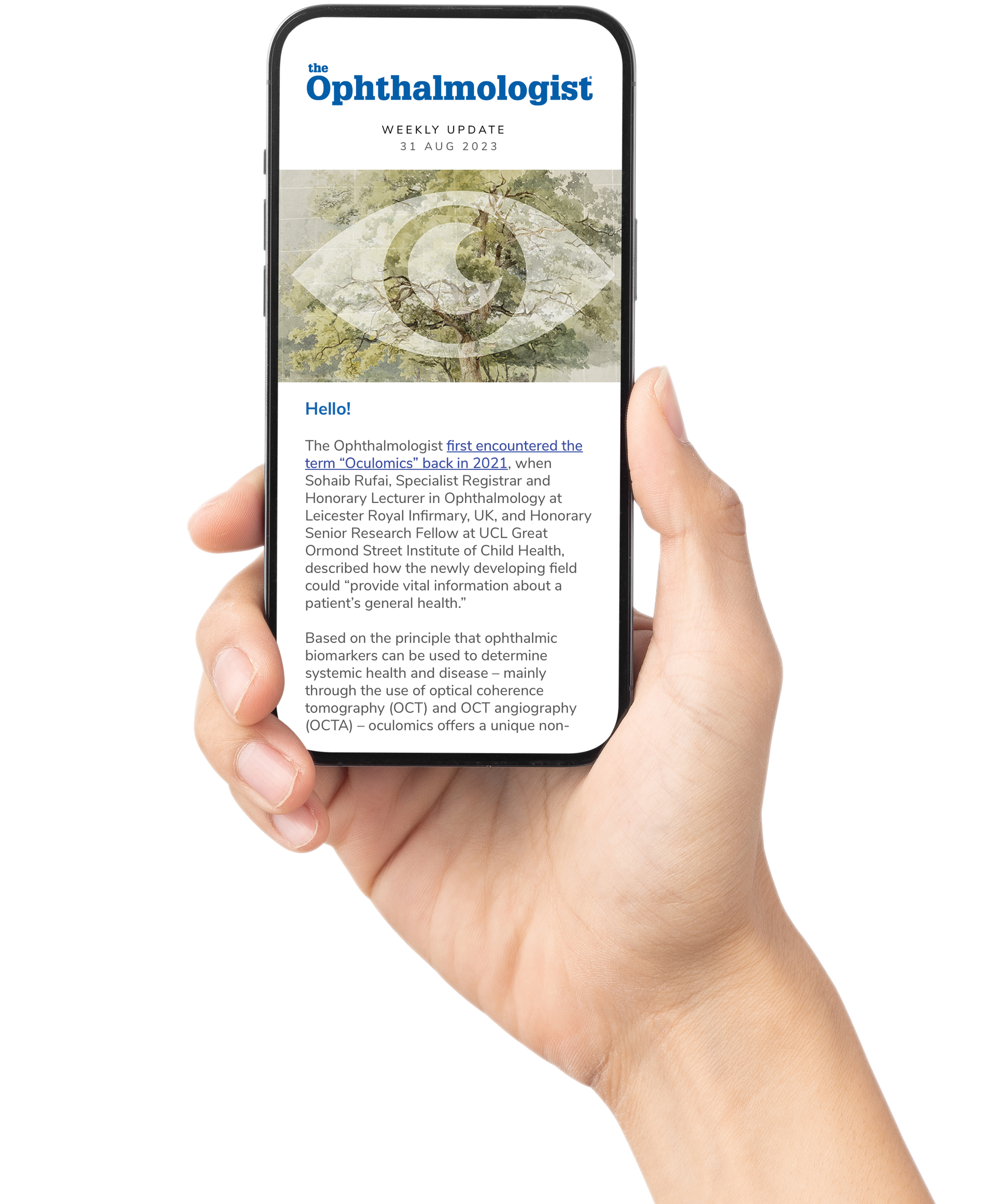
Researchers from the University of Colorado, Boulder, have developed a non-mechanical spectral domain optical coherence tomography (SD-OCT) system that employs an electrowetting beam-scanner, eliminating the need for moving mechanical parts while maintaining high-resolution ocular imaging.
Publishing their findings in Optics Express, the team’s novel approach leverages electrowetting technology, which changes the curvature of a liquid lens in response to voltage. By integrating this scanner into an SD-OCT platform, the team achieved fast, precise beam steering with no moving solid components, negating the risk of mechanical failure in the device and increasing longevity.
Experimental results demonstrated that the system could produce high-quality B-scans and volumetric images comparable to those from standard OCT setups. Importantly, the electrowetting scanner provided stable, repeatable scanning over extended operation, with reduced mechanical wear and simplified system design.
The researchers emphasize that eliminating mechanical scanners could make OCT systems smaller, lighter, and more cost-effective, potentially enabling broader clinical use in point-of-care settings and portable devices. For ophthalmology, this innovation could facilitate next-generation retinal imaging tools with improved durability and accessibility.
If validated in clinical applications, electrowetting-based OCT could represent a paradigm shift in optical imaging, reducing reliance on delicate mechanical parts while preserving diagnostic power.
Publishing their findings in Optics Express, the team’s novel approach leverages electrowetting technology, which changes the curvature of a liquid lens in response to voltage. By integrating this scanner into an SD-OCT platform, the team achieved fast, precise beam steering with no moving solid components, negating the risk of mechanical failure in the device and increasing longevity.
Experimental results demonstrated that the system could produce high-quality B-scans and volumetric images comparable to those from standard OCT setups. Importantly, the electrowetting scanner provided stable, repeatable scanning over extended operation, with reduced mechanical wear and simplified system design.
The researchers emphasize that eliminating mechanical scanners could make OCT systems smaller, lighter, and more cost-effective, potentially enabling broader clinical use in point-of-care settings and portable devices. For ophthalmology, this innovation could facilitate next-generation retinal imaging tools with improved durability and accessibility.
If validated in clinical applications, electrowetting-based OCT could represent a paradigm shift in optical imaging, reducing reliance on delicate mechanical parts while preserving diagnostic power.
